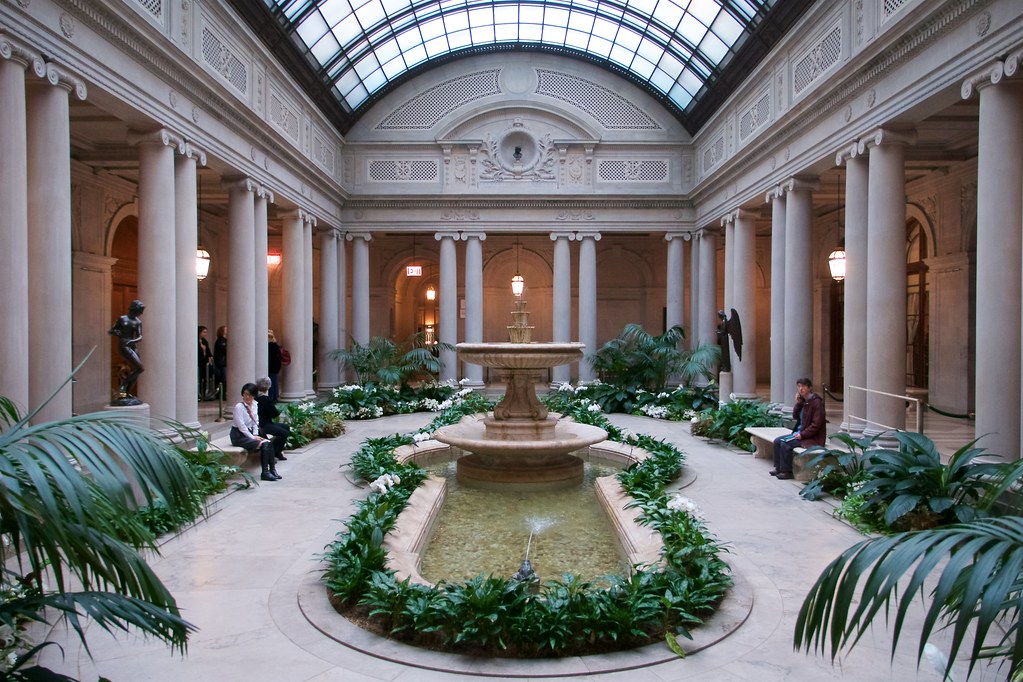
Opened to the public in 1935, The Frick Collection is an art museum housed in the former residence of American industrialist, financier, and art patron Henry Clay Frick. One of the top attractions in New York City, The Frick Collection houses a remarkable collection of art treasures from the Renaissance to the early 20th century. A premier museum and research center, The Frick Collection boasts one of the world’s most important collections of Western painting, sculpture, and decorative arts. It is one of the most prestigious art museums in the United States and is world-renowned for its art collection of distinguished Old Masters paintings, including “Officer and Laughing Girl,” “Mistress and Maid,” and “Girl Interrupted at Her Music” by Dutch Baroque Period painter Johannes Vermeer.
Born in New York City, John Russell Pope was an illustrious architect who made outstanding contributions to American architecture. Alternating between Gothic and Georgian revivals, and eighteenth-century French and classical styles, his firm became widely known for designing the National Archives and Records Administration building (1935), the Jefferson Memorial (1943), and the West Building of the National Gallery of Art (1941). Additionally, the distinguished architect designed twelve works at Woodlawn, including the Goelet (1897), Osborn (1894), Russell (1894) and Taylor (1900) mausoleums, and the Wolcott (1906), Twombly (1896) and Whitney (1896) memorials.
At the heart of the preeminent Frick Collection is the Garden Court designed by Pope for the museum’s 1935 opening. The Garden Court was built to replace the open carriage court of the original Frick residence. Pope’s Garden Court was a key instrument in converting a private residential mansion into a publicly accessible cultural institution. The Garden Court features paired Ionic columns distinguished by twin spiral scrolls and symmetrical flower beds. The lauded American architect enclosed the mansion’s former exterior courtyard under a stately curved glass roof, creating a Garden Court complete with palms, plants, and an ornamental fountain. With his Garden Court, Pope set a precedent for monumental architecture and classical architecture. Pope’s inspired Garden Court design gave a pre-taste for his best known work, the National Gallery of Art in Washington, D.C.
